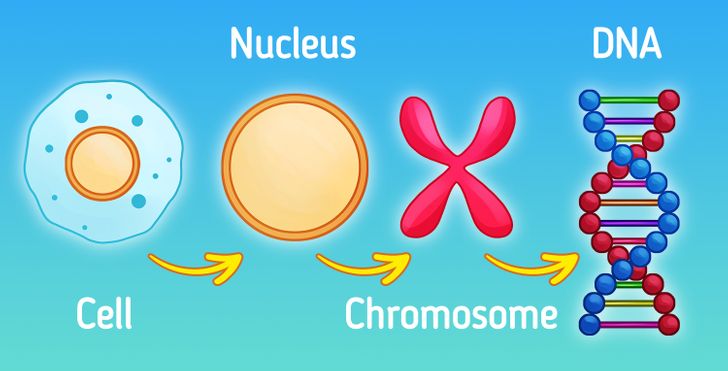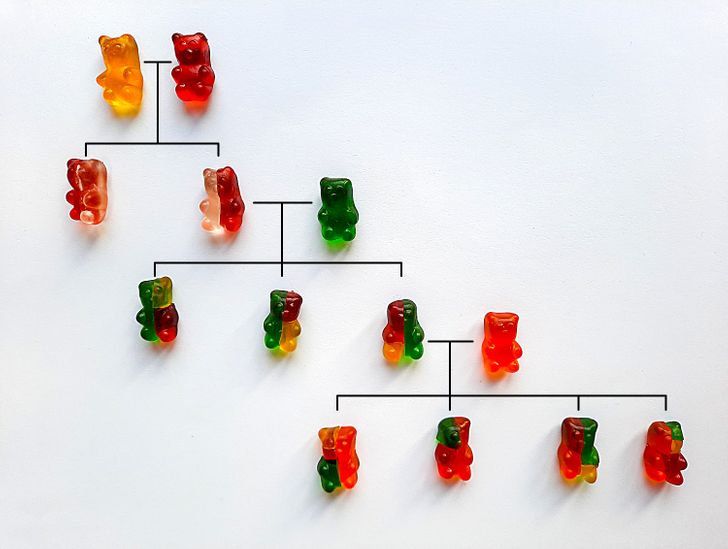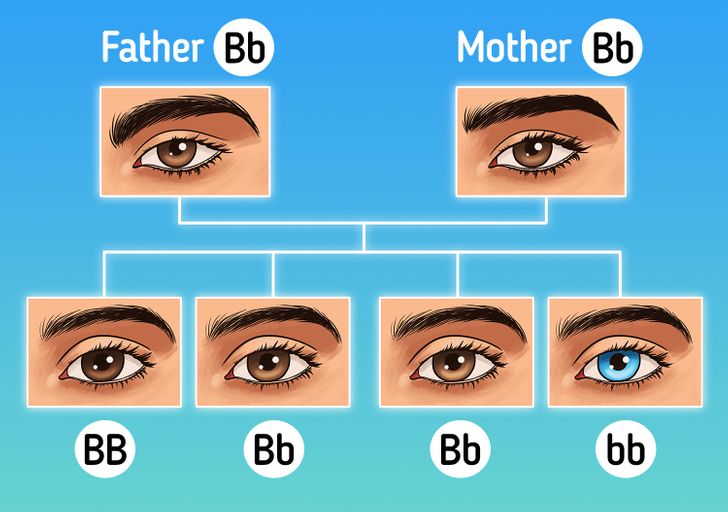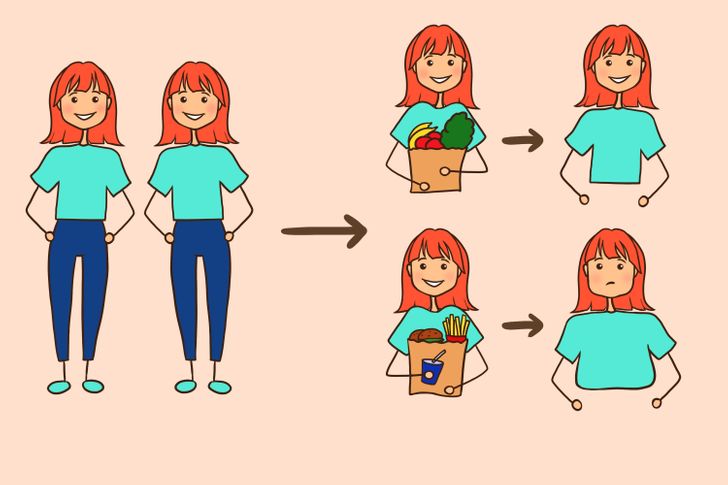How to Explain Genetics to Children
We at 5-Minute Crafts are going to help you explain to children what genes are and what role they play in our lives.
What genes are

Our bodies consist of a lot of different cells. Every cell has a nucleus, the cell’s most important part. Within the nucleus, there are certain structures and chromosomes, and inside them, there’s DNA. Every DNA molecule contains the information necessary for the cells to work and divide to form and develop different organisms. So all of us used to be a single cell that started dividing and gave birth to trillions of new cells that our bodies are made of.
In a way, DNA controls the development and growth of everything — from our heads to the tips of the toes. Also, DNA plays a role in the appearance and development of individual features. For example, DNA determines if a fetus will become a boy or a girl, tall or short, or blonde or brunette.
But it’s not that simple. The individual features that appear and develop inside us are set by genes — separate segments of the DNA. The genes determine how our appearance, health, and even personalities are formed. People get half of their genes from their mother and the other half, from their fathers. The parents, in turn, inherit the genes of their parents in the same proportion. This is why we all look similar to our relatives.
How genes are inherited from one generation to the next

Let’s take a pack of gummy bears. Let’s say that the red and the yellow bears decided to become parents and the same laws of genetics apply to them. Then the newly born bears will get a set of genes from their mom and a set from their dad. This is how we get red-yellow bears. If such a bear grows up and meets a green one, their bears will get different sets of genes — one from a red-yellow parent, and one from a green parent.
This way, every new generation will get 50% of the genes of each parent, and the genes of every parent will consist of the combination of genes of their parents, and so on. The sets of genes get mixed constantly, forming new sets. So all of us have pieces of our ancestors inside us, but we’re also unique.
What dominant and recessive genes are
The inheritance of the traits in the genes is more complex than the inheritance of a color from one generation of gummy bears to the other. For example, if both of your parents have brown eyes, there’s a small chance you will have blue eyes. If both of your parents have blue eyes, in rare cases, children might have brown eyes.
This is because some genes are dominant, and others are not.
- If you have a dominant gene, the trait connected with it will show in the next generation by default.
- If you have a different gene that is recessive, the trait connected with it will show if the set of genes won’t have a dominant gene.

Every person gets one gene that determines the eye color from each parent. The picture above shows how eye color is inherited from one generation to the other. “B” is for dominant, and “b” is for recessive. There are 3 possible combinations of these genes: BB, Bb, and bb. In the first 2 cases, because there’s B in the set, the eyes will most likely be brown. In the latter, the set only has recessive genes, so the eye color will most likely be blue.
How our behavior and lifestyle affect our genes
The genes influence the way our bodies grow, develop, and function. But our behavior and conditions around us might also affect the genes.

Let’s take 2 identical twins. They got the same sets of genes from both parents, which is why they are so alike. A part of their genes determines how their bodies should work. Let’s say both of them got the gene that increases the risk of obesity. The first sister plays sports regularly, has a balanced diet, and doesn’t eat much sugar or fatty, salty foods. The other sister doesn’t do any physical activity, has a sedentary lifestyle, and eats too much. With her behavior, she creates the conditions where the obesity gene has a better chance of showing itself.
Why genes mutate
Inside a cell, genes can mutate and it’s normal. In organisms, there are special mechanisms that repair mutated genes. But they don’t always do their work well. As a result, mutations in genes might remain in them and affect the functions of certain cells. It seems that the cells with mutated genes are not that scary.
On the one hand, it’s a natural process that is at the base of evolution: mutations in genes help form new features in organisms. If it gives certain advantages to a creature, and there’s a chance they will show in the future generations.
On the other hand, mutations are not always beneficial, so you should definitely not expose yourself to the factors that make genes mutate more often or faster. So don’t expose yourself to sunlight without sunscreen for a long time and avoid contact with radioactive elements.
But a lot of things about genes are still a mystery since scientists only started researching genes a short time ago. Just think about it: there are at least 30,000 genes in our bodies and it takes a lot of time and effort to find out what each of them is responsible for.